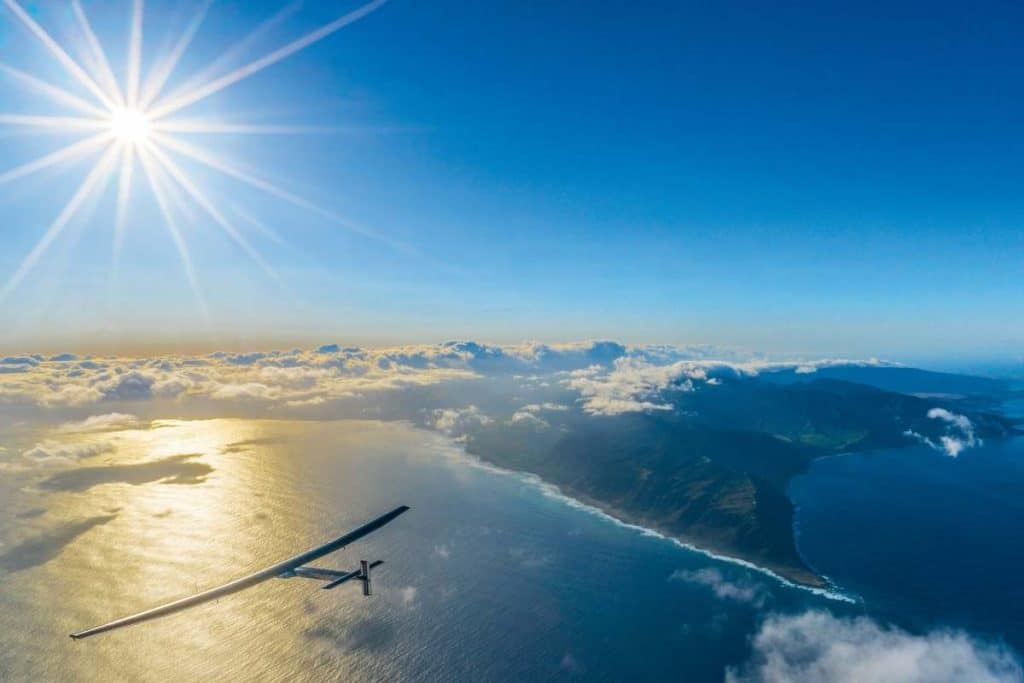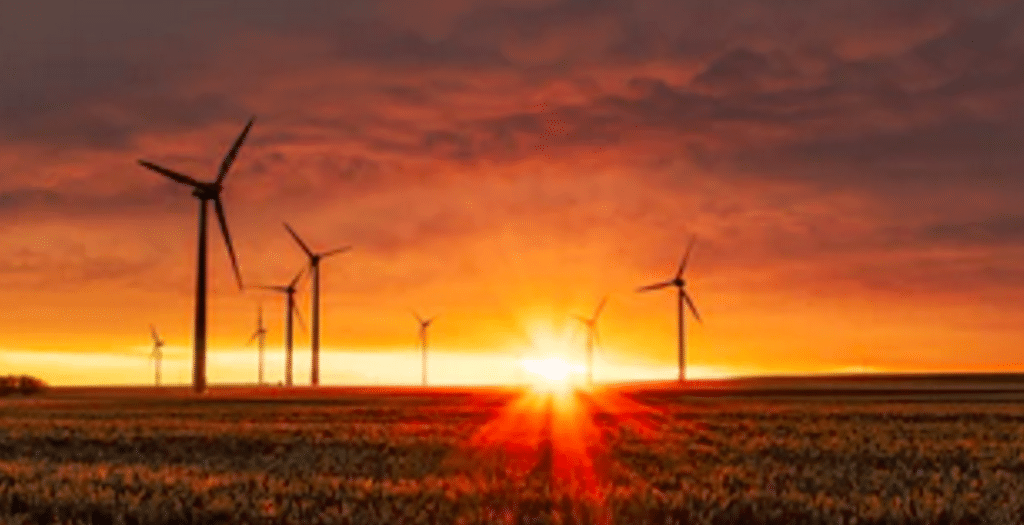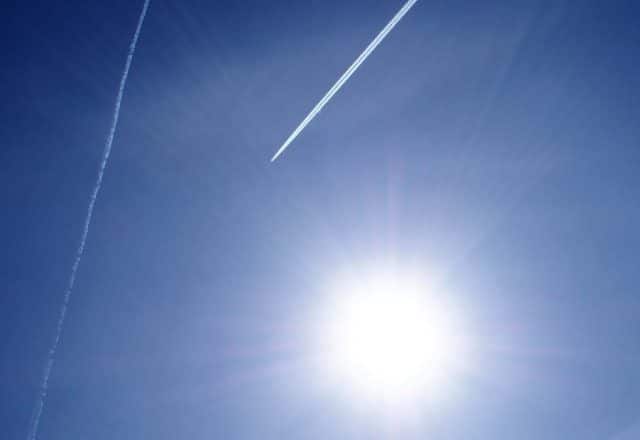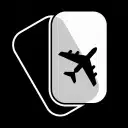Is the Solar-powered Plane the Future of Aviation?
In the last few years—maybe even the last decade—people have been investing in solar energy as one way to live a greener lifestyle. That trend has been most noticeable by the solar-powered panels dotting the roofs of homes across the globe, but we’ve seen it pop up in other places too, like in the creation of the solar-powered plane.
Are solar-powered planes possible?
While some say that the future of aviation depends on the success of the solar-powered plane, it’s much more complicated than that.
The Solar Impulse 2 was the first solar-powered plane to fly around the world in 2015/2016. The aircraft travelled more than 25,000 miles—crossing four continents, three seas and two oceans—in just 14 months. The total amount of time spent in the air came in around 550 hours. This historic flight was achieved without using a single drop of liquid fuel.
Solar-powered specs of note
The Solar Impulse 2 is a total aviation feat when it comes to ingenuity and design. The aircraft boasts:
- A wingspan longer than a B-747 jumbo jet
- A total weight of only 5,000 pounds
- 17,258 photovoltaic solar cells blanketing the wings and fuselage
- Four lithium batteries

The solar-powered flying experience
Though this iconic solar-powered plane completed its mission of flying across the world, it required quite a bit of skill and attention. The trip was completed in 17 legs and piloted by a team of two, Bertrand Piccard and Andre Borschberg. The two pilots took turns taking naps throughout each leg. While one napped, the other flew the aircraft and vice versa until it was time to land.
Flying the aircraft could be extremely tedious at times. It was important to make sure the wings didn’t tip more than 5 degrees in either direction. If that happened, the aircraft could potentially spin out of control due to their expansive size and low weight. Intense weather symptoms could also push the aircraft off course for the same reasons.
While the sun was out, the aircraft typically traveled at 30,000 feet elevation, but once the sun disappeared for the night, the aircraft would have to drop down the 5,000 feet to conserve energy. At times, the flight schedule would be delayed due to weather concerns. It simply wasn’t worth the risk to the two-man crew.
Are solar-powered planes the future of aviation?
With a successful mission on a solar-powered plane tucked under their belts, they were asked what they believed the future of aviation looked like. In that interview, however, the two pilots were quick to say that solar-powered options wouldn’t likely make into the aviation industry any time soon.
They stated that the reasons for that included:
- there was only enough room for one pilot in the cockpit
- the cockpit wasn’t pressurized or heated
- The single seat doubled as a toilet
- The plane only traveled at 30 miles per hour
This invention, however, has led to many new innovations in the aviation industry. Many aviation companies have recently announced projects that focus on developing electric private jets and hybrid models. This also led to Piccard and his team launching the World Alliance for Efficient Solutions, an endeavour that connects governments and investors with a thousand profitable and environmentally friendly innovative solutions.
Hybrid planes and electric private jets
The Alpha Electric aircraft created by Pipistrel is the first electric jet that’s been certified as airworthy by the Federal Aviation Administration. Powered by a 21 kWh battery pack, the pilot training plane will keep its passengers aloft for about 90 minutes.
Hybrid-electric aircraft start-up Electra has been working hard to provide aviation enthusiasts with hybrid aircraft options. And there’s no shortage of other companies taking the plunge into aviation innovation.
So will electric planes ever be possible? Not today, but in just ten years, the landscape of aviation could look dramatically different than it does today.
Greener ways to fly
There are more avid travelers hoping to lessen their environmental impact than ever before but aren’t sure how to do it. Some of the ways our clients have done this is by:
- Choosing the most suitable aircraft for the mission, not the biggest or the most luxurious jet. When traveling short distances, it’s important to use smaller aircraft that have less carbon emissions.
- Offsetting your carbon footprint every time you fly. Many private jet providers offer carbon offset programs that give back to renewable energy research and production projects designed to offset carbon emissions.
- Packing lighter can make a slight difference in the amount of fuel a jet burns. If you don’t need your heavier items, like sports gear, leave them at home.
Stratos’s Eco-jet Charter Program

Back in 2007, Stratos partnered with TerraPass—a carbon offset provider that provides resources to help passengers understand and take responsibility for their climate impact—to provide clients with an option to offset their carbon emissions. When you book a charter flight with Stratos, you can purchase a carbon credit, which works out to about 1 percent of the total quote.
Some of the initiatives that are funded through these credits include:
- Wind power – energy created by wind that displaces energy created by coal and gas
- Farm power – solutions that reduce the impact of harmful animal waste
- Landfill gas power – turning landfill waste into electricity
For a more in-depth review of the Eco-jet Charter Program, take a look at our previous blog article: Eco-jet Charter: An Eco-friendly Way to Travel.
Ready to book an eco-friendly private jet charter? Reach out for a complimentary travel quote today. Though we can’t book you a seat on a solar-powered plane, our private flight advisors will be in touch to help you find the aircraft most suited to your trip and tell you more about purchasing carbon credits to offset the environmental impacts of your flight.
Are you ready to book your Los Angeles to San Francisco charter flight yet?
Our friendly, expert air charter agents are here to answer questions or start your quote today. Don`t wait, call now and we'll get you on your way to your destination!
Call 888-593-9066











